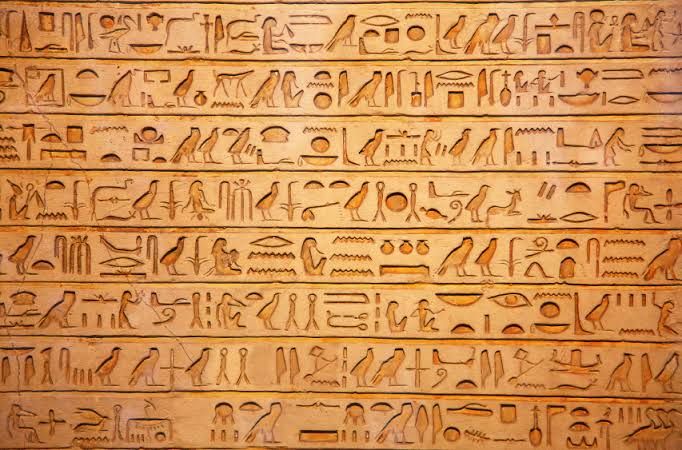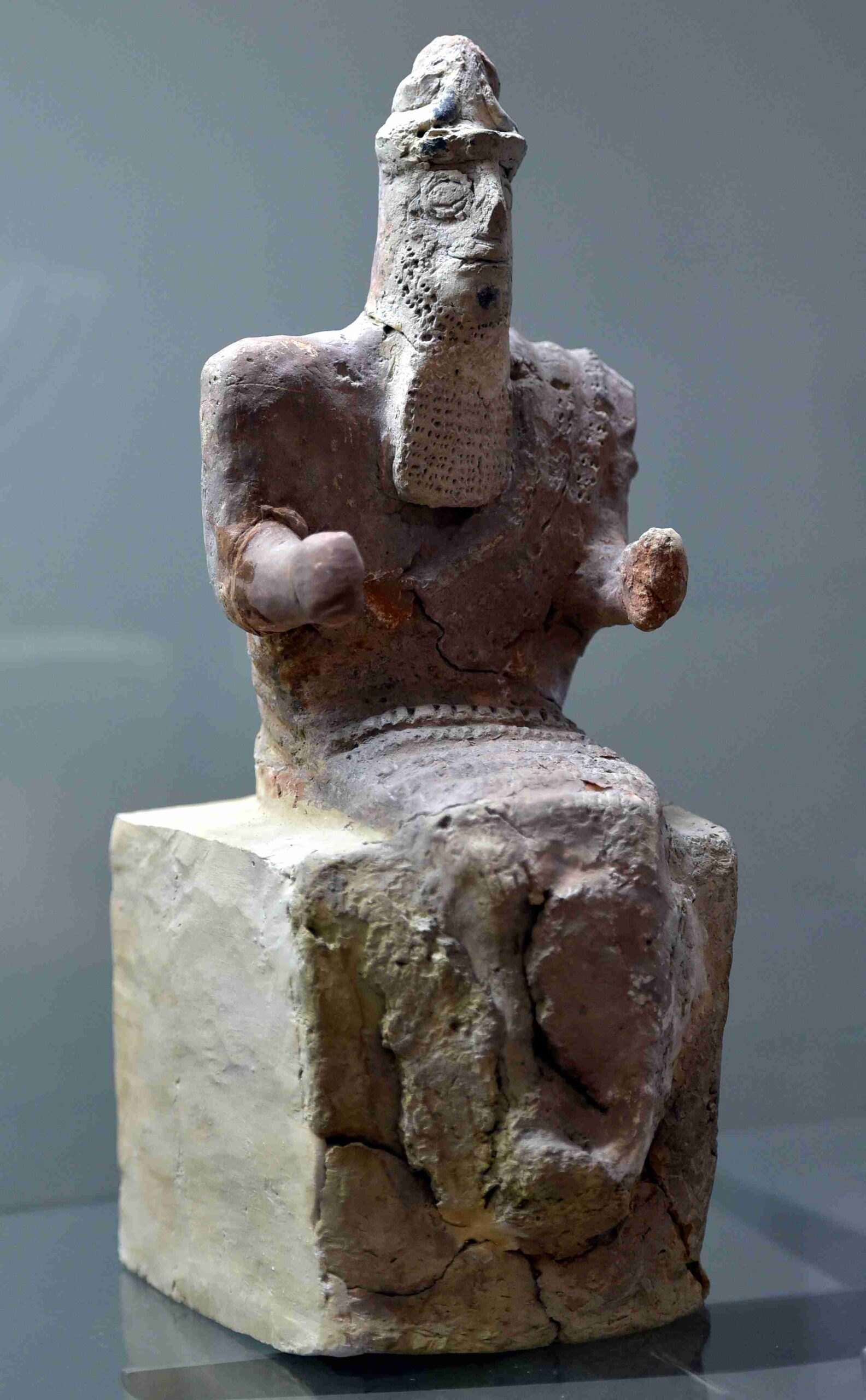Literature has been an important part of human history, serving as a medium for communication, record-keeping, and expression. Let us take a peek at some ancient pieces of literary work.
Here are 9 oldest pieces of literature in the world.
The Epic of Gilgamesh
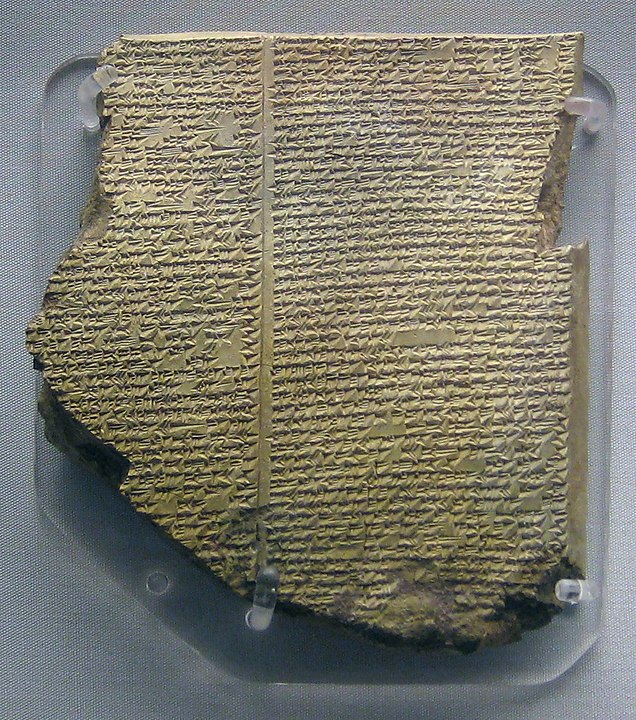
The Epic of Gilgamesh, dating back to around 4000 years ago, is often considered the earliest surviving great work of literature. Originating from ancient Mesopotamia, it narrates the adventures of Gilgamesh, the king of Uruk. The epic explores themes of friendship, loss, and the quest for immortality, through Gilgamesh’s relationship with his friend Enkidu and his journey after Enkidu’s death. It provides a fascinating insight into ancient Sumerian culture and human nature’s timeless aspects.
The Tale of the Shipwrecked Sailor
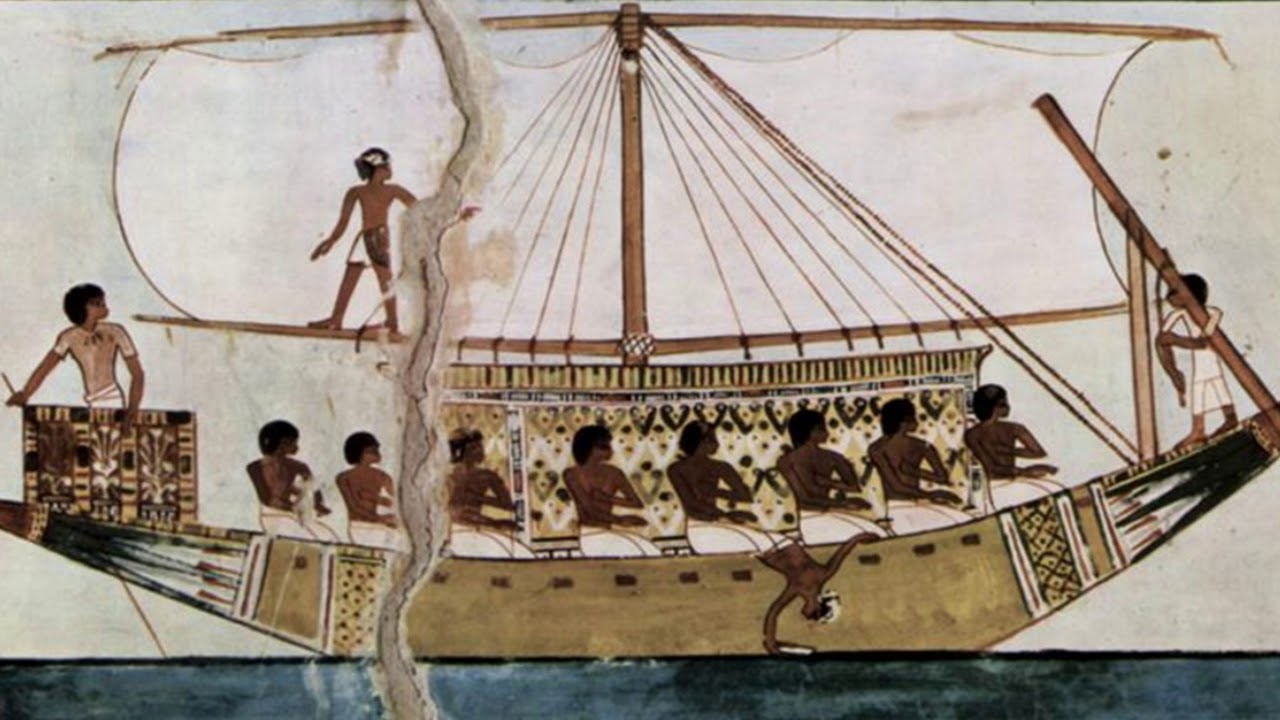
The Tale of the Shipwrecked Sailor is an ancient Egyptian text dating back to the Middle Kingdom (2040-1782 BCE). It tells the story of a sailor who survives a shipwreck and lands on a magical island. There, he encounters a great talking serpent, the Lord of Punt. The island is abundant with all good things. The sailor and the serpent converse until a ship arrives, allowing the sailor to return to Egypt. The tale, rich in adventure and symbolism, underscores the cyclical nature of life and the concept of redemption.
The Book of Job
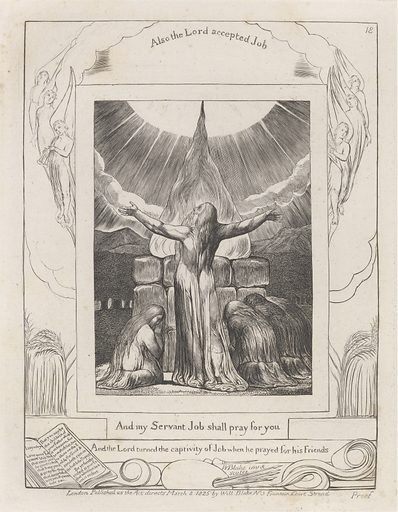
The Book of Job is a profound religious text from the Bible. It explores theodicy, questioning why God permits evil in the world. Job, a wealthy and God-fearing man, experiences immense suffering as his prosperity, health, and family are taken away. Despite his wife’s urging to curse God, Job remains faithful. His friends suggest his suffering is due to sin, but Job maintains his innocence. The book culminates in God appearing to Job, leading to Job’s understanding of divine wisdom. The Book of Job offers deep insights into faith, suffering, and the human condition.
Hammurabi’s Code
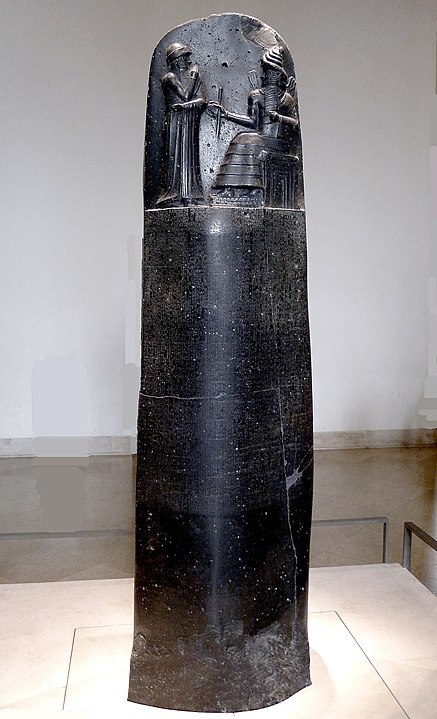
Hammurabi’s Code, developed during the reign of Hammurabi (1792–1750 BCE), is a comprehensive set of 282 legal codes from ancient Babylon. It covers various aspects of life, including economic provisions, family law, criminal law, and civil law. The code, inscribed on a diorite stela, was meant to govern the people of Babylon and integrate Semitic and Sumerian traditions. It is known for its “lex talionis” doctrine, meaning “an eye for an eye”. This significant legal artifact provides a glimpse into the societal norms and legal practices of one of the world’s oldest civilizations.
The Book of the Dead
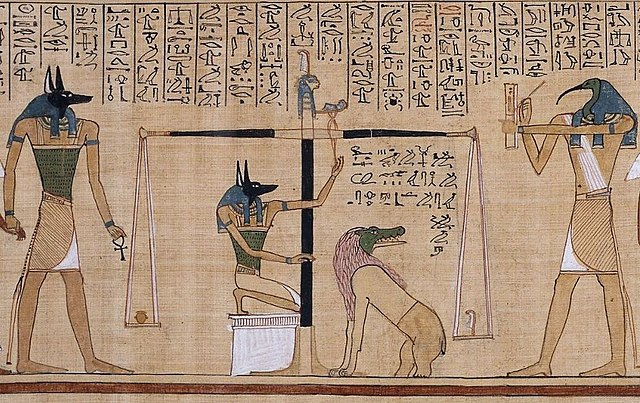
The Rigveda
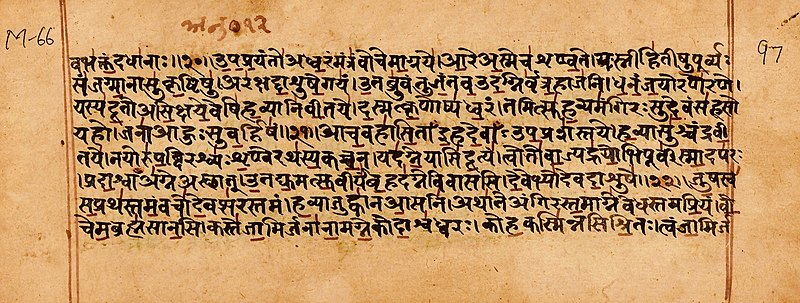
Kesh Temple Hymn
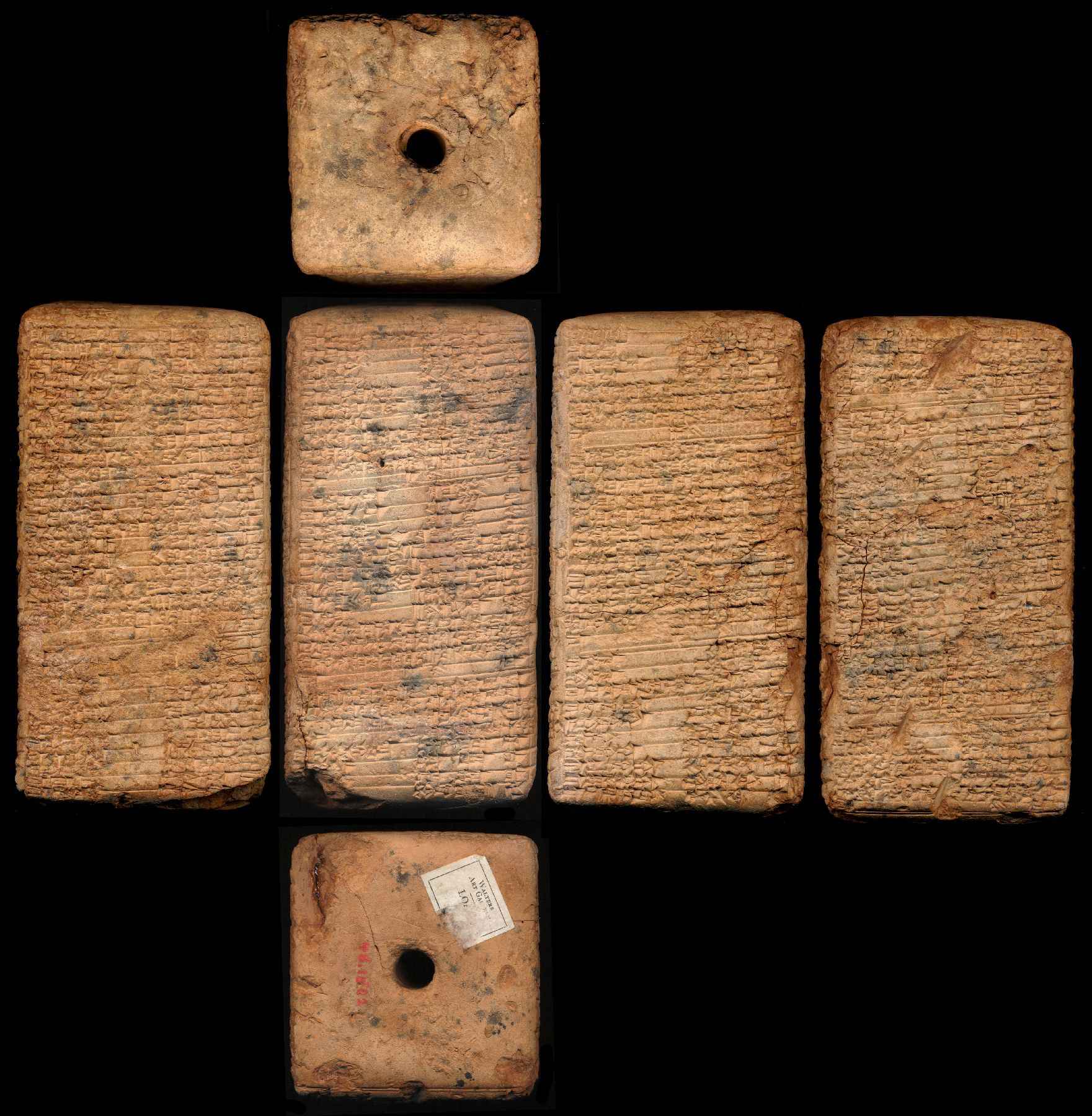
The Kesh Temple Hymn, also known as the Liturgy to Nintud, is one of the oldest surviving pieces of literature in the world, dating back to around 2600 BCE. This Sumerian hymn is a praise song to the goddess Ninhursag and her temple in the city of Kesh. Composed in eight sections, it progresses from the temple’s foundation to a cautionary welcome. The hymn provides a vivid depiction of the temple’s majesty, its divine establishment by the god Enlil, and the rites observed. It offers a unique glimpse into the religious life of ancient Sumer.
Instructions of Shuruppak
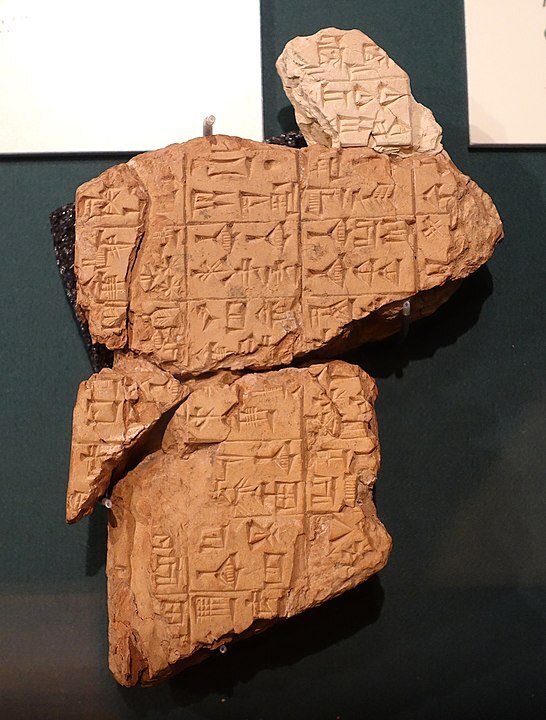
The Instructions of Shuruppak is one of the oldest known pieces of literature, dating back to around 2600 BCE. It is a Sumerian “wisdom” text, where Shuruppak, a king, gives advice to his son, Ziudsura. The instructions cover various aspects of life, encouraging proper behavior and virtue. The text is set in the time before the Great Flood, making Ziudsura a survivor of this event1. This work provides a unique glimpse into the societal norms and moral principles of ancient Sumer.
Sumerian Hymn to Enlil and Debate between sheep and grain
Read more about ancient cities here.

